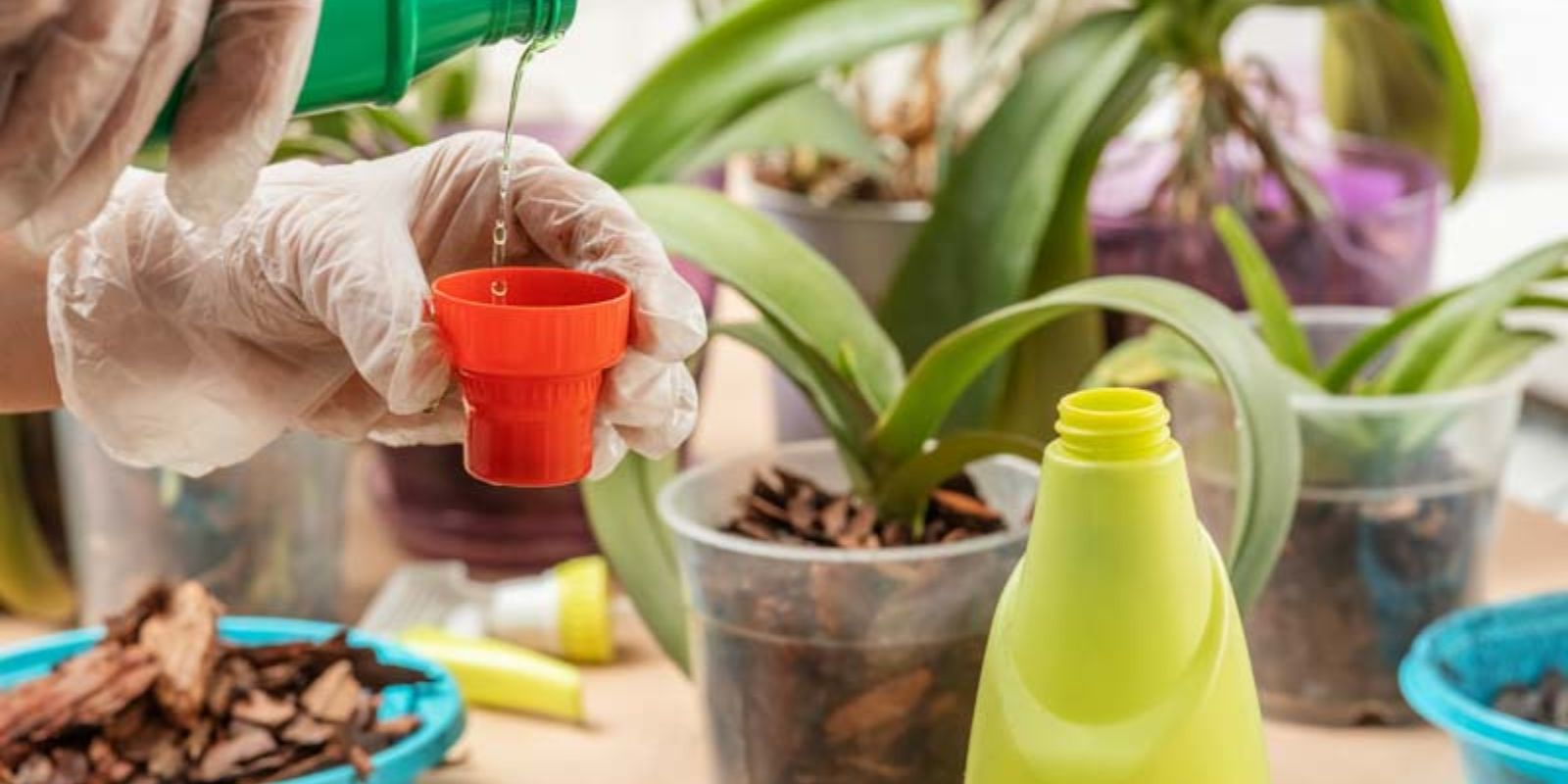Introduction
Orchids are renowned for their exquisite blooms and elegant foliage, making them a favorite among indoor gardeners. To keep your orchids looking their best, proper fertilization is essential. Orchids have specific nutritional needs that, when met, can lead to more vibrant blooms and healthier plants. In this article, we’ll explore the best practices for fertilizing your orchids, including when to feed, what type of fertilizer to use, and how to apply it effectively.
Why Fertilizing Orchids is Important
Orchids, like all plants, require a range of nutrients to grow and flourish. Fertilization helps provide these essential nutrients, which can be depleted over time, especially in indoor settings where natural soil fertility is absent. Proper fertilization supports:
- Healthy Growth: Nutrients like nitrogen, phosphorus, and potassium are vital for overall plant health, encouraging robust growth and strong root systems.
- Enhanced Blooming: Adequate feeding can promote more frequent and longer-lasting blooms, adding to the orchid’s visual appeal.
- Preventing Deficiencies: Regular fertilization helps prevent common nutrient deficiencies that can cause issues like poor growth or leaf discoloration.
Choosing the Right Fertilizer
Selecting the right fertilizer is crucial for the health of your orchids. Here’s what to look for:
- Balanced Fertilizer: A balanced fertilizer with equal parts nitrogen (N), phosphorus (P), and potassium (K) is generally recommended. A common ratio is 30-30-30. This ensures that orchids receive a well-rounded mix of essential nutrients.
- Specialized Orchid Fertilizers: Many orchid fertilizers are formulated specifically for orchids, containing additional nutrients and trace elements that orchids need. Look for products labeled as “orchid fertilizer” for the best results.
- Slow-Release vs. Liquid Fertilizers: Slow-release fertilizers provide nutrients gradually over time and are convenient for less frequent feeding. Liquid fertilizers are typically applied more often and allow for precise control over nutrient delivery.
When to Fertilize Orchids
Timing your fertilization is important for maximizing the benefits:
- During Active Growth: Orchids should be fertilized every 2-4 weeks during their active growth period, which typically spans from spring to summer. This is when orchids are putting out new growth and preparing for blooming.
- Reduce Feeding in Dormancy: During the winter months or periods of dormancy, orchids grow more slowly and require less fertilizer. Reduce feeding to once a month or as recommended by your specific orchid variety.
- Pre-Blooming: Some orchids may benefit from increased feeding as they approach their blooming period. Check your orchid’s specific needs for any additional recommendations.
How to Apply Fertilizer
Proper application of fertilizer helps ensure that orchids receive the right amount of nutrients without causing harm:
- Dilute the Fertilizer: Always dilute the fertilizer to half the recommended strength. This helps prevent over-fertilization, which can damage the roots and cause salt buildup.
- Apply After Watering: Fertilize orchids after they have been watered. This helps prevent fertilizer from accumulating in the potting mix and potentially burning the roots.
- Even Distribution: Apply the diluted fertilizer evenly across the surface of the potting mix. Avoid getting fertilizer on the leaves or flowers, as this can cause spotting or damage.
- Flush with Water: Occasionally, flush the potting mix with plain water to help remove any residual fertilizer and prevent buildup. This helps maintain a healthy balance of nutrients in the growing medium.
Common Fertilization Mistakes to Avoid
To ensure the health and well-being of your orchids, be mindful of these common fertilization errors:
- Over-Fertilizing: Using too much fertilizer can lead to salt buildup, root burn, and other issues. Stick to the recommended dilution and feeding schedule.
- Neglecting Dilution: Applying fertilizer at full strength can damage your orchids. Always dilute according to the instructions.
- Ignoring Specific Needs: Different orchid species have different nutritional needs. Be aware of your specific orchid’s requirements and adjust your fertilization routine accordingly.
- Feeding During Dormancy: Orchids typically require less fertilizer during their dormant periods. Over-fertilizing during this time can be detrimental to their health.
Adjusting Fertilization Based on Orchid Type
Different types of orchids may have slightly different fertilization needs. Here are some general guidelines:
- Phalaenopsis Orchids: These popular orchids benefit from a balanced fertilizer and should be fed every 2-3 weeks during the growing season.
- Cattleya Orchids: Cattleyas often require a higher phosphorus fertilizer to promote blooming. Feed them every 2-4 weeks during active growth.
- Dendrobium Orchids: These orchids may have varying needs depending on their specific type. Consult specific care instructions, but generally, they benefit from a balanced fertilizer during their active growth phase.
- Vanda Orchids: Vandas can benefit from more frequent feeding due to their vigorous growth. Use a balanced or high-nitrogen fertilizer and feed every 1-2 weeks during the growing season.
Conclusion
Fertilizing orchids correctly is a key aspect of their care that can significantly impact their growth and blooming potential. By choosing the right fertilizer, timing your feedings appropriately, and applying it correctly, you can ensure your orchids remain healthy and produce beautiful blooms.
Remember to adjust your fertilization routine based on the specific needs of your orchid species and monitor your plants for any signs of nutrient deficiencies or excesses. With these tips, you’ll be well-equipped to provide the optimal care your orchids need to thrive.
What are your best tips for fertilizing orchids? Share your experiences and let’s help each other create thriving orchid displays! 🌸

